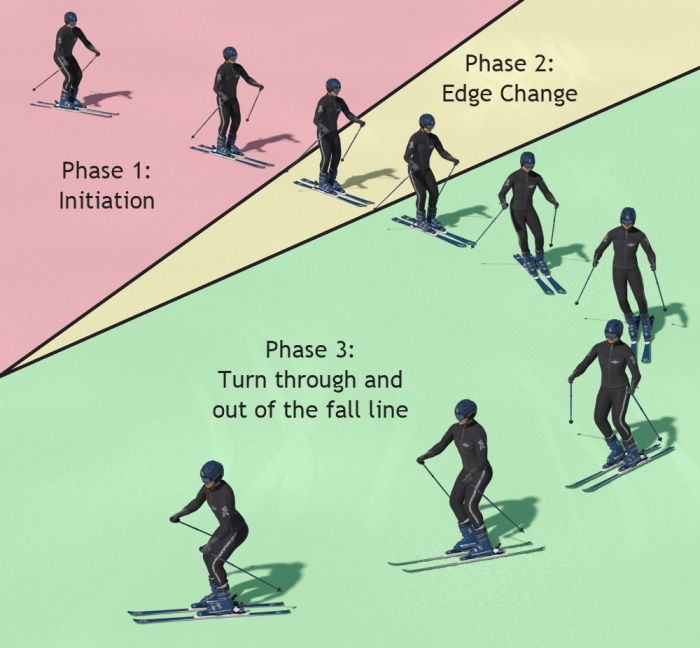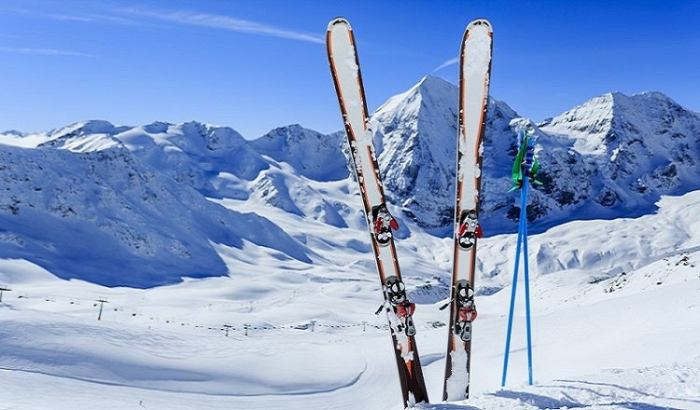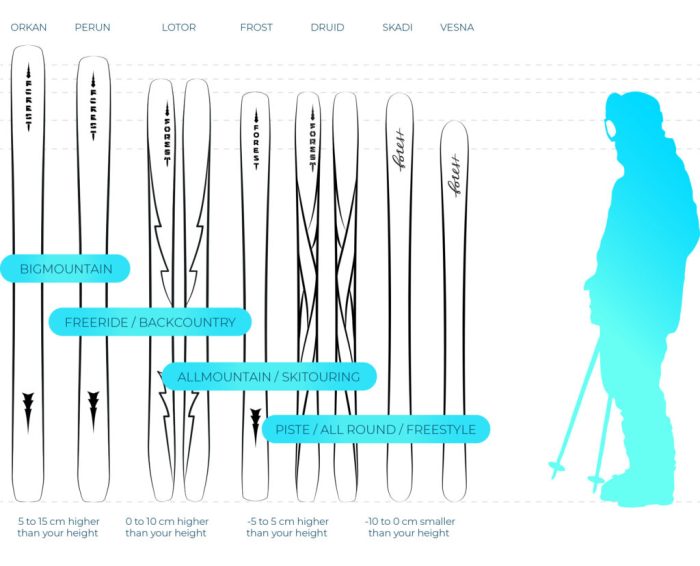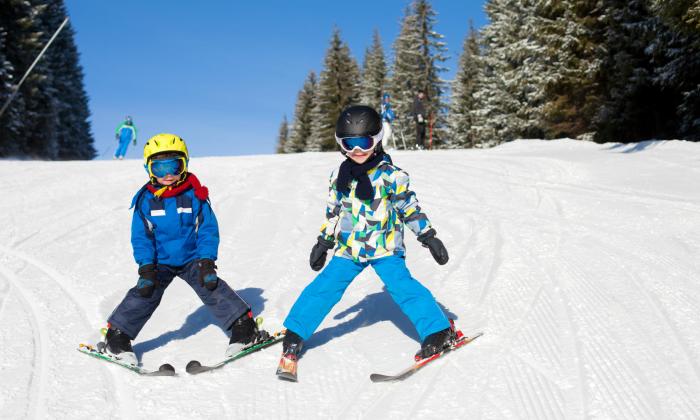Embark on your skiing journey with How to Ski: 10 Tips for Beginners, offering essential advice and techniques to kickstart your adventure on the snow-covered slopes. Dive into this comprehensive guide that covers everything you need to know before you take on the mountains.
Learn about the basics, gear essentials, and key tips to ensure a safe and enjoyable skiing experience from start to finish. Whether you’re a novice or looking to sharpen your skills, this guide has you covered.
Overview of Skiing

Skiing is a popular winter sport that involves gliding over snow-covered terrain using skis attached to boots. It is a thrilling and enjoyable activity that offers numerous benefits for beginners looking to get into the sport.
Types of Skiing
- Alpine Skiing: Also known as downhill skiing, this type involves skiing on groomed slopes and mountains, focusing on speed and technique.
- Cross-Country Skiing: Involves skiing on flat or gently rolling terrain, emphasizing endurance and stamina as skiers navigate through longer distances.
- Freestyle Skiing: This style incorporates jumps, tricks, and terrain features for a more acrobatic and creative skiing experience.
- Backcountry Skiing: Involves skiing in unmarked or unpatrolled areas, providing a more adventurous and off-the-beaten-path experience.
Essential Gear for Skiing

When it comes to skiing, having the right gear is essential for both safety and performance on the slopes. Here’s a breakdown of the necessary equipment for beginners and how to choose the right gear based on skill level and terrain.
Necessary Equipment for Beginners
- Skis: The most important piece of equipment, skis come in different lengths and styles depending on your skill level and the type of skiing you plan to do.
- Boots: Ski boots should fit snugly to provide control and support while skiing. Make sure to try on different pairs to find the best fit for your feet.
- Poles: Poles help with balance and turning while skiing. Choose poles that are the right length for your height and skiing style.
- Helmet: Safety should always come first, so invest in a good quality helmet to protect your head in case of falls or collisions.
Choosing the Right Gear
- Skill Level: Beginners should opt for shorter, more flexible skis that are easier to control. As you progress, you can consider longer skis designed for higher speeds and more advanced maneuvers.
- Terrain: Different types of skis are suited for specific terrains. For beginners, all-mountain skis are a versatile option that can handle various conditions until you decide on a specific skiing style.
Importance of Proper Clothing
Wearing the right clothing is crucial for staying warm and dry while skiing. Layering is key to regulating body temperature, so opt for moisture-wicking base layers, insulating mid-layers, and a waterproof and breathable outer layer. Don’t forget gloves, goggles, and a neck gaiter or scarf to protect exposed skin from the cold and wind.
Tips for Beginners

When hitting the slopes for the first time, safety should always be a top priority. It’s essential to learn how to fall properly, get back up, and master basic techniques to ensure a fun and safe skiing experience.
Safety Tips
- Always wear a helmet to protect your head in case of a fall or collision.
- Observe all posted signs and warnings on the slopes and follow the rules of the resort.
- Stay within your comfort zone and avoid tackling slopes that are too advanced for your skill level.
- Make sure to hydrate and take breaks to prevent fatigue and stay alert on the slopes.
Proper Falling and Getting Up
- If you feel yourself losing balance, try to squat down and fall to the side to avoid injuries.
- To get back up, position your skis perpendicular to the slope and use your poles to push yourself up.
Basic Techniques
- Turning: To turn, shift your weight to one ski while edging it and use your poles for balance.
- Stopping: To stop, gently apply pressure to the inside edges of your skis, forming a wedge shape.
- Controlling Speed: To control speed, keep your knees slightly bent and lean forward to maintain balance.
Conclusive Thoughts

Wrap up your skiing expedition with confidence armed with the knowledge and skills acquired from How to Ski: 10 Tips for Beginners. Remember these tips as you glide down the slopes, making the most of your time on the mountains.